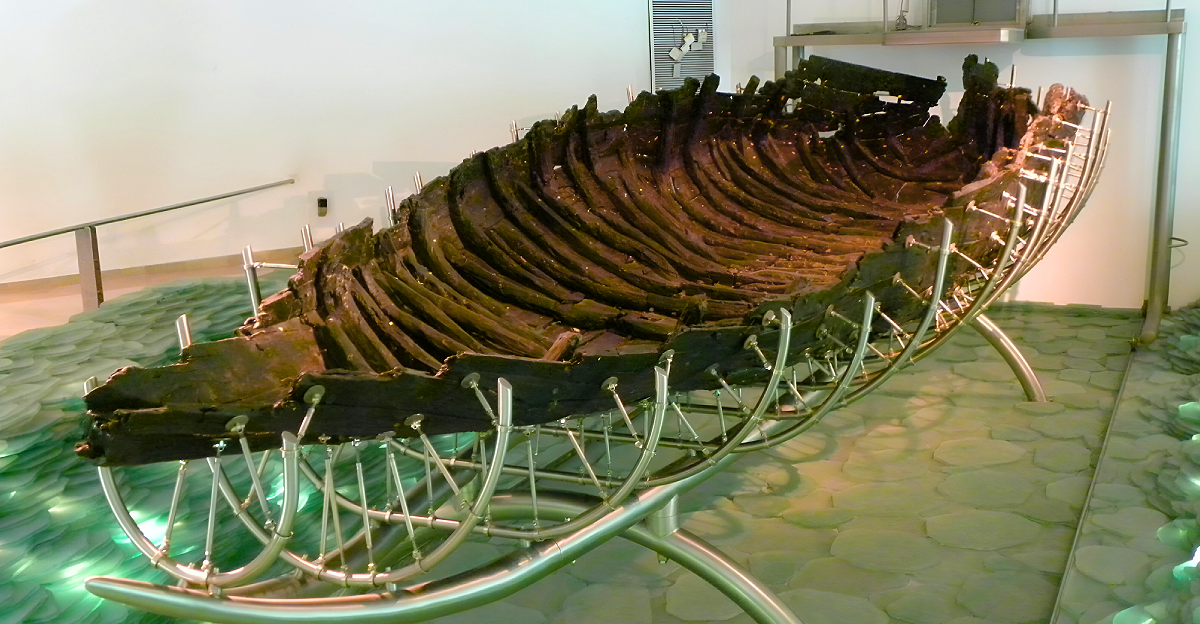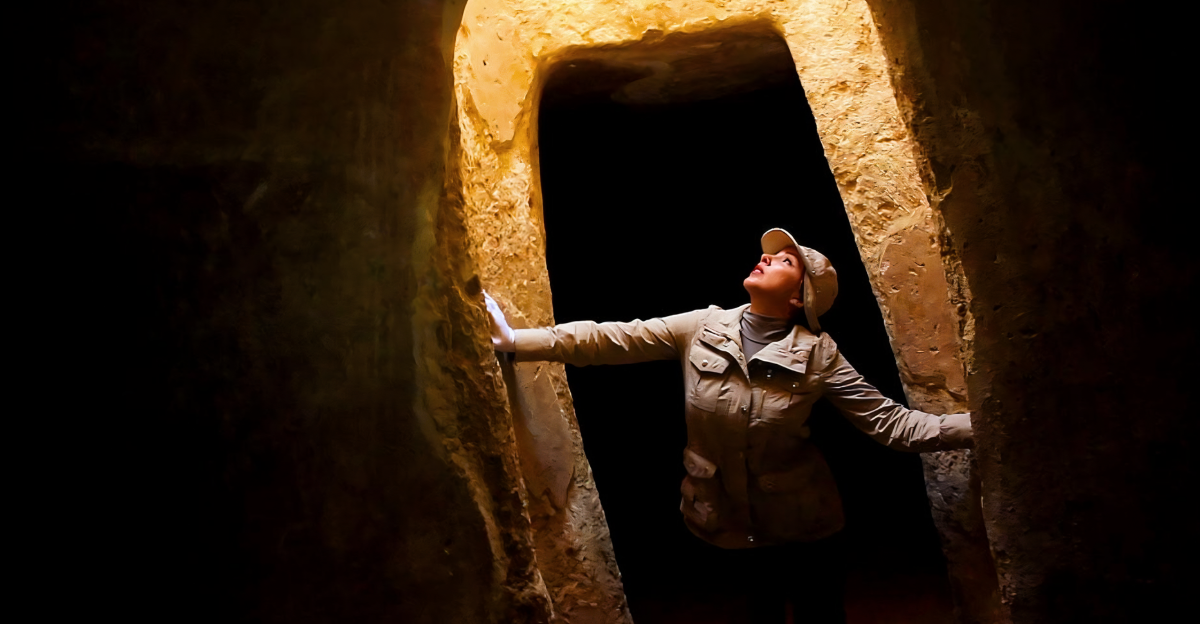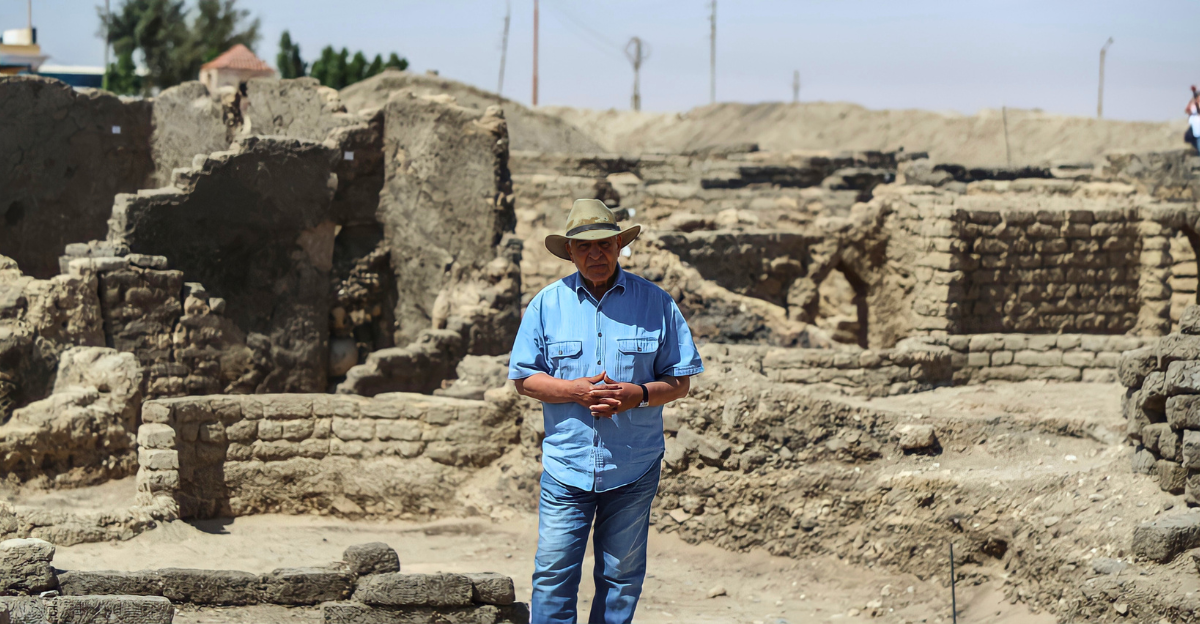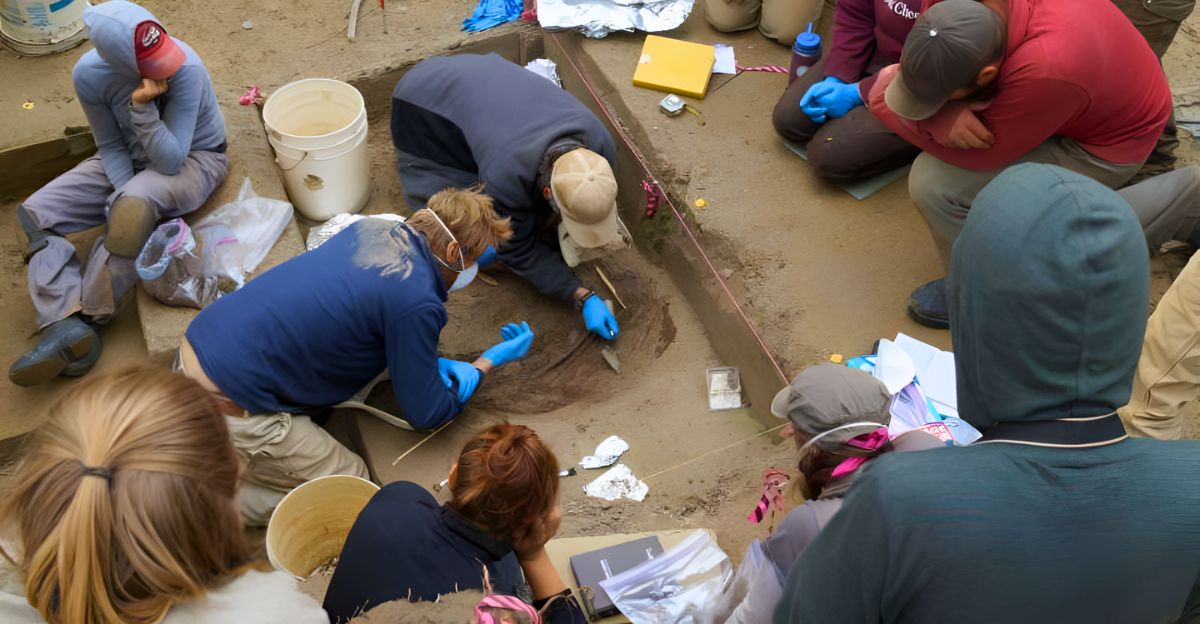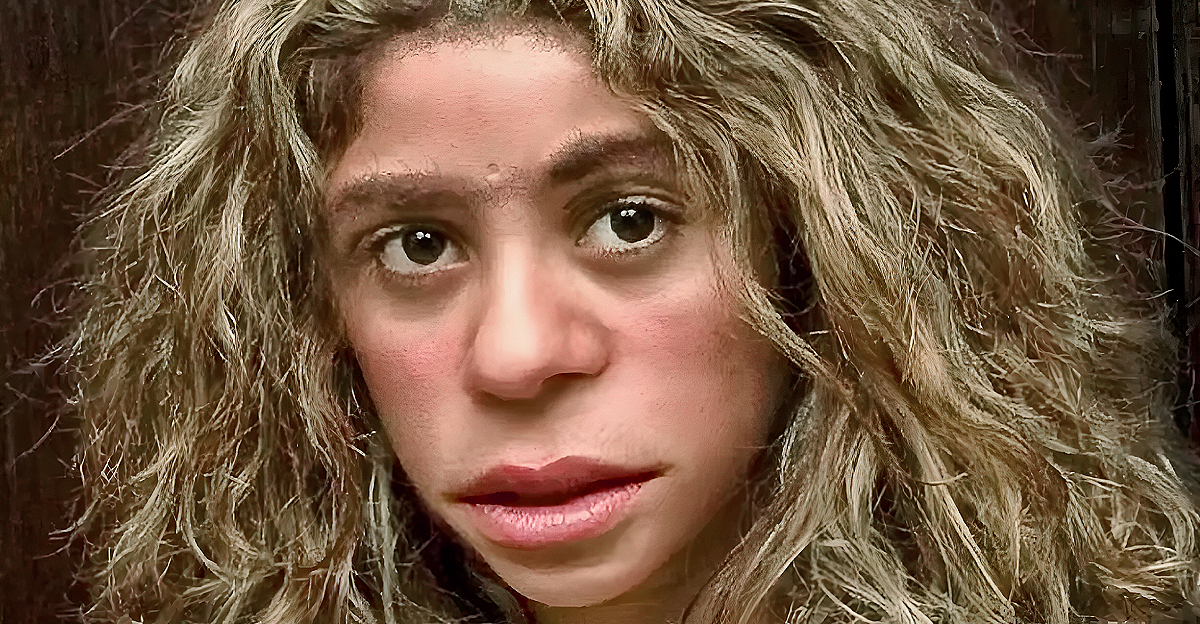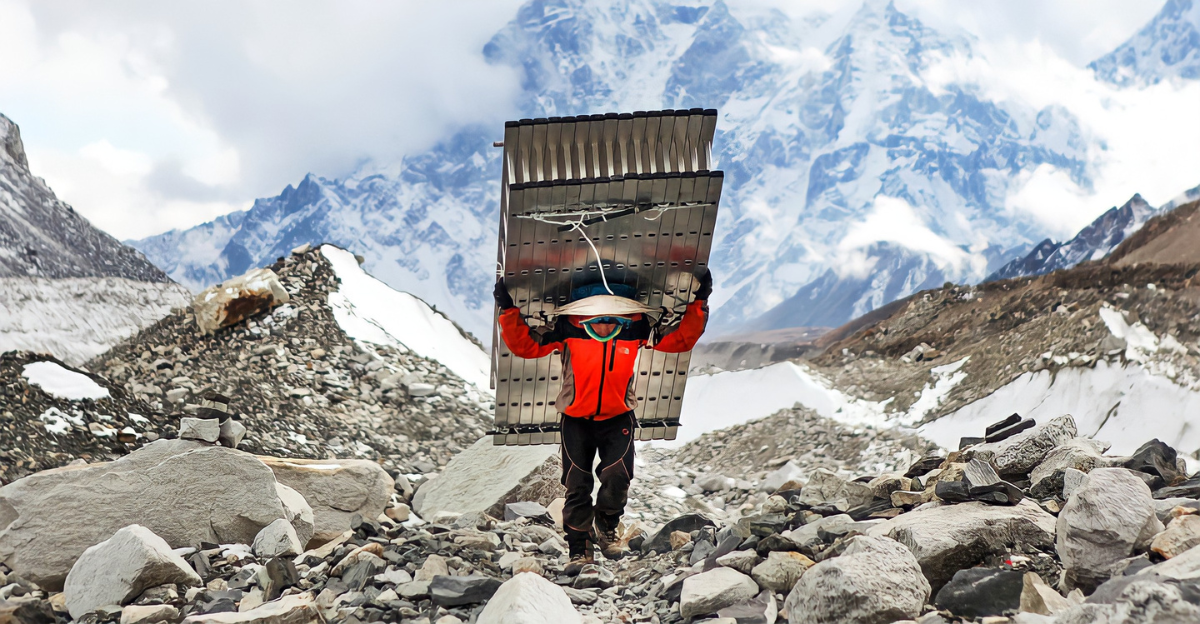
Evolution isn’t done yet, and one of the most visible pieces of evidence is the human ability to adapt to different situations and environments.
How do some people thrive in below-freezing conditions in Antarctica, while others live equally well in the hottest parts of the desert?
The answers lie within our bodies, blood, and genetic makeup.
A Human Laboratory in the Clouds

Some of these questions can be answered by taking an in-depth look at life on the Tibetan Plateau, often called the “Roof of the World.”
This interesting geographic location in the clouds lies at an elevation of approximately 13,000 feet (4,000 meters). Thin oxygen levels in this region have forced the Tibetans to adapt to survive.
We will examine how Tibetans have evolved genetic, biological, and anatomical traits to survive in these low-oxygen environments.
Cynthia Beall’s Research

Cynthia Beall, a leading anthropologist at Case Western Reserve University, and her team researched what sets Tibetans apart from the rest of the world and allows them to adapt to the hypoxia in high altitudes.
Beall said, “Living at high altitudes imposes severe physiological stress on humans. Yet Tibetans don’t respond like lowlanders—they’ve adapted differently.”
Beall and her team made interesting discoveries after testing the health, physical information, measurements, and hemoglobin in newborns in the Tibetan Plateau.
The Challenge of Thin Air

If you’ve seen a documentary about people ascending Mount Everest, you might have an idea of what it’s like to experience high altitudes and low oxygen levels. Low oxygen (hypoxia) can make it increasingly hard to breathe and makes everyday tasks like walking or sleeping much more difficult.
Prolonged exposure to these conditions can lead to severe health conditions or even death in most humans. However, Tibetans don’t suffer the same consequences; one potential explanation could be their unique hemoglobin traits. While most people’s bodies would respond to hypoxia with increased red blood cell (RBC) production, Tibetans do not.
Beall said, “Tibetans have normal hemoglobin levels, unlike acclimatized lowlanders. This is highly unusual and suggests a fundamentally different adaptation.”
Human Adaptation To Hypoxia

An article about Human adaptation to the hypoxia of high altitude, published in the National Library of Medicine, explores research into Tibetan highlanders’ unique traits that allow them to adapt to life and reproduce in a hypoxic environment.
The article explores research about EPAS1, a gene commonly found in Tibetan highlander DNA. EPAS1, also known as the “super athlete gene,” is credited with helping people at these high altitudes regulate their bodies’ response to low oxygen.
The journal article describes this as “a postgenomic paradigm shift”.
EPAS1

Decades of psychological introspection have examined why and how Tibetans have thrived in these challenging environments while other humans or lowlanders cannot, and now EPAS1 provides genetic reasoning for this phenomenon.
Cynthia Beall adds: “This is one of the strongest cases of natural selection in humans. The EPAS1 variant rose to high frequency in Tibetans in just 3,000 years—an evolutionary blink of an eye.”
In lowlanders, EPAS1 increases red blood cell production during hypoxia. However, in Tibetans, a variant of EPAS1 blunts this response, allowing normal red blood cell levels despite the thin air.
Breathing Differently…Literally

Tibetans’ ability to live in these harsh, low-oxygen-level conditions involves more than just genetics; it tells a tale of evolutionary adaptation.
Tibetan highlanders have adapted the way they breathe. According to some studies, these individuals take much deeper breaths and have faster respiratory rates than lowlanders. Additionally, they have higher levels of nitric oxide in their exhaled air. This helps widen blood vessels and improve oxygen delivery throughout the body.
Beall’s field research showed that “Tibetan women with larger lung volumes had more surviving children” suggesting this adaptation conferred a clear evolutionary advantage.
Evolution in Record Time

When we think of evolution, we think of millions of years of slow and gradual adaptation. But this isn’t the case with the Tibetan “rapid evolution” theory.
According to some genetic studies, it took around 3,000 years for Tibetans to develop these genetic differences across their population.
The Human Adaptation journal describes it as “one of the fastest known instances of directional selection in humans”.
This suggests that the human body finds a way when it comes to survival, and evolution can accelerate dramatically.
A Mysterious Genetic Origin

One would assume that the EPAS1 variant would be found among other highland populations worldwide; however, studies have shown that it might be exclusive to Tibetan highlanders.
Other highland groups like the Andeans have not shown this genetic trait. Genomic analysis suggests the Tibetan version of EPAS1 likely came from Denisovans, an extinct hominin group.
Beall notes: “It’s remarkable that a gene from a now-extinct human species is helping modern Tibetans survive at high altitudes.”
Not Just a Genetic Story
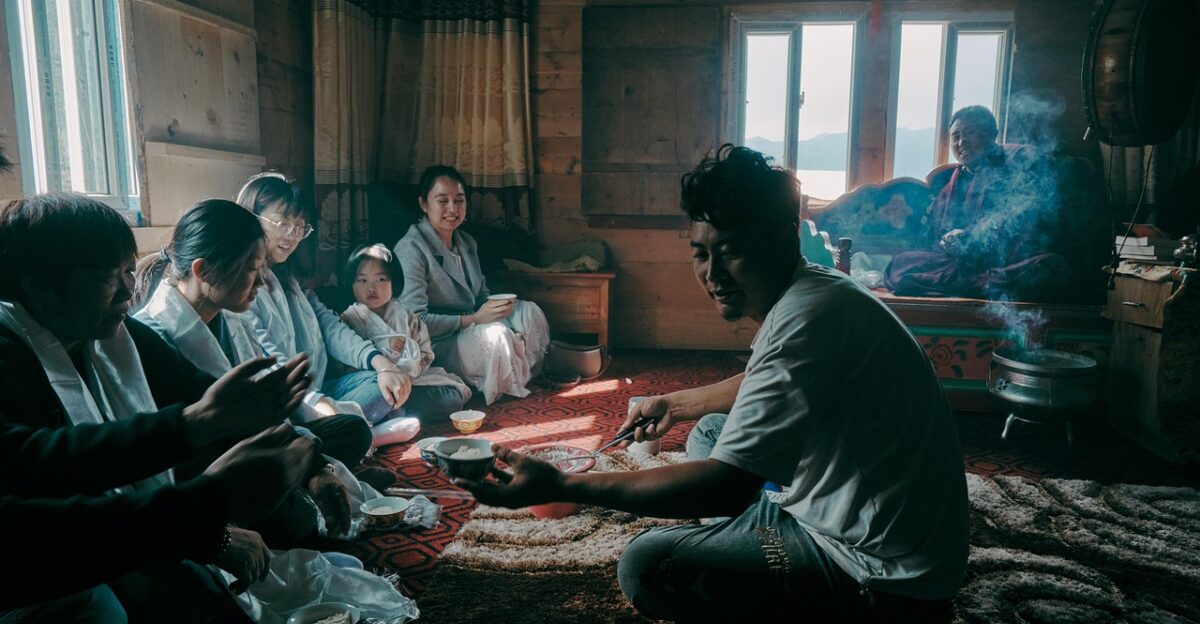
Evolution isn’t just about DNA, as is evident in Tibetan highlanders. Despite the unique EPAS1 variant findings, several other factors have helped this population adapt to its surroundings.
These factors include diet, culture, shelter design, and intergenerational habits. Tibetans have adapted their lifestyles to meet these conditions for thousands of years.
As Beall writes: “The combination of cultural practices and biological traits has produced a population uniquely suited to high-altitude life.”
Not Everyone Believes This Is Rapid Evolution

Beall’s fieldwork and research have gained significant traction, but there are still critics and opposers to these theories.
Critics have stated that these genetic and physical traits, thought to be the results of “rapid evolution” could have existed in Tibetan populations much earlier.
Some critics have also warned that the sample sizes tested in these studies are usually too small to provide conclusive results.
One Annual Review of Anthropology reviewer said: “We must be cautious not to reduce entire populations to a handful of genes”.
Conclusion
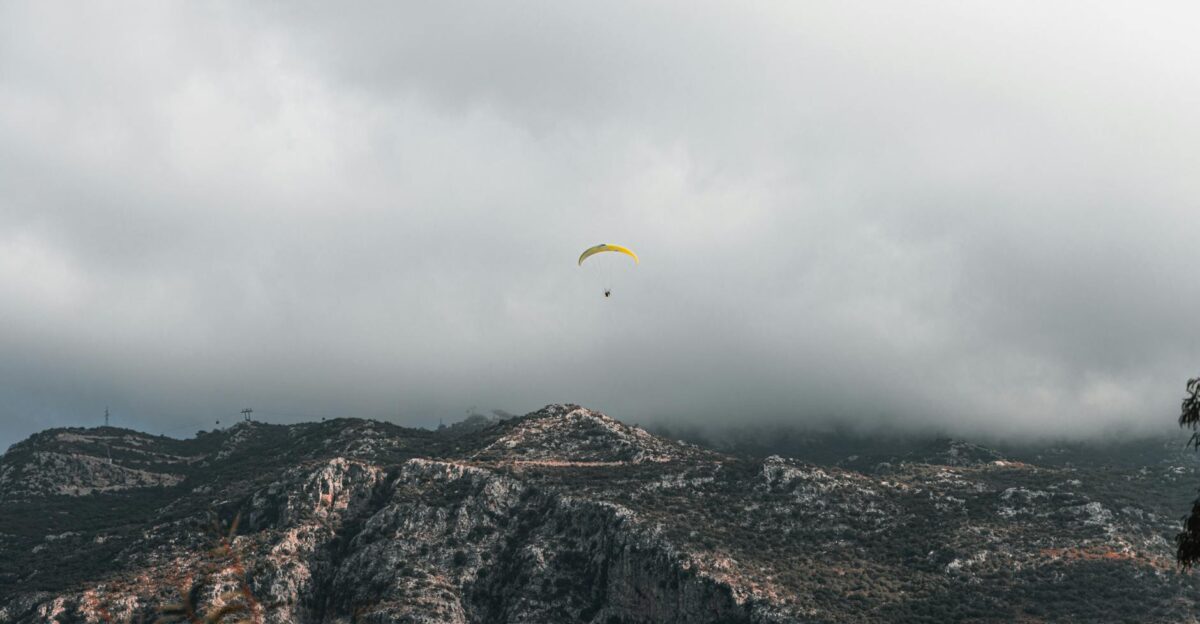
Despite conflicting arguments surrounding these claims of “rapid human evolution”, this research and insights into Tibetan genetics and adaptation can help scientists understand how humans can cope with extreme conditions.
The Human Adaptation journal notes, “The Tibetan paradigm is not just a case study—it’s a model for the future of evolutionary medicine.”
These findings can not only help with the future of medicine but also make us rethink the idea that evolution is slow and invisible.

